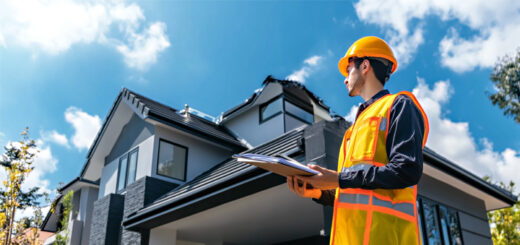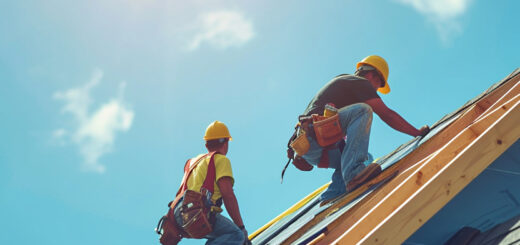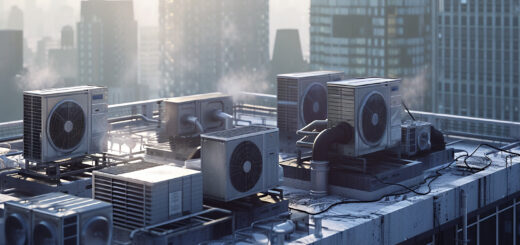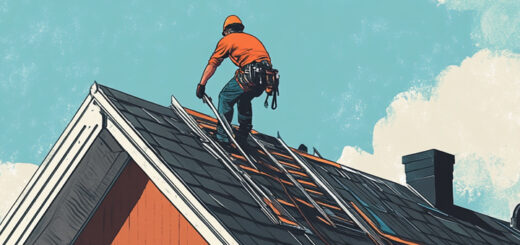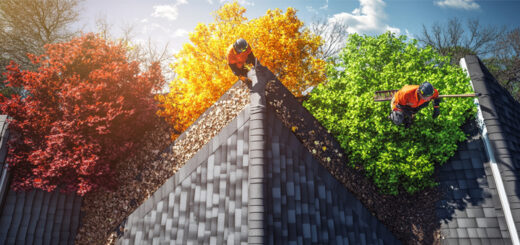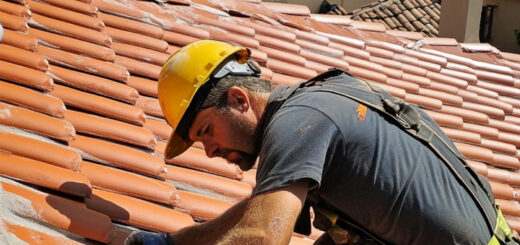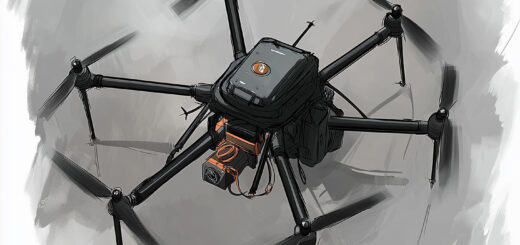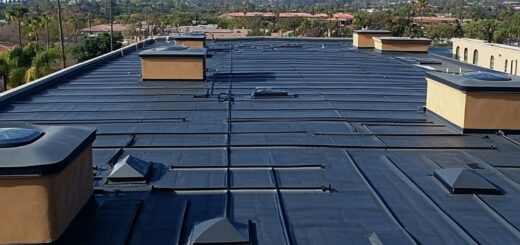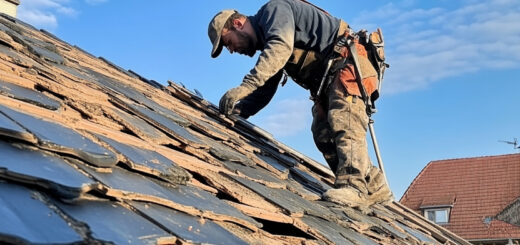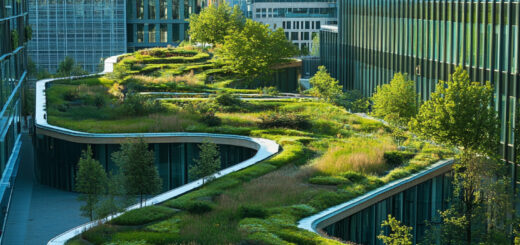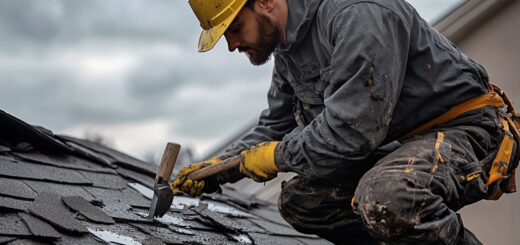How Drones Are Changing Roof Inspections
Roof inspections have long been a critical component of maintaining the integrity and longevity of any structure. Traditionally, these inspections involve manual methods, where skilled professionals physically climb onto rooftops to assess their condition. This conventional approach, while thorough in certain aspects, presents several challenges and limitations.
One of the primary challenges of traditional roof inspection is accessibility. Many roofs are difficult to reach due to their height or design complexity, making manual inspections not only time-consuming but also potentially hazardous for inspectors. Safety concerns are paramount, as working at heights involves significant risk.
Additionally, manual roof inspections can be labor-intensive and prone to human error. Inspectors must rely on their expertise and experience to identify potential issues such as leaks, structural damage, or material wear and tear. However, even the most seasoned professionals might overlook subtle signs that could lead to more significant problems if left unaddressed.
Another limitation is the disruption caused during these inspections. Traditional methods often require scaffolding or ladders that can interfere with daily operations in commercial properties or disrupt the peace in residential areas.
Furthermore, weather conditions can greatly impact the timing and effectiveness of manual roof inspections. Rainy or windy weather may delay assessments or obscure potential issues that would otherwise be visible under optimal conditions.
In summary, while traditional roof inspection methods have served us well over the years by providing detailed assessments through hands-on evaluation, they come with inherent limitations related to safety risks, accessibility challenges, time consumption, potential for oversight due to human error, operational disruptions during inspection processes—and all these factors highlight a need for innovation in this essential area of building maintenance.
The Rise of Drone Technology in the Roofing Industry
The roofing industry is undergoing a transformative shift with the rise of drone technology, offering innovative solutions that enhance efficiency and safety. Drones are increasingly being utilized for building inspections, providing a bird’s-eye view that allows for comprehensive assessments without the need to physically climb onto roofs. This not only minimizes risk but also speeds up the inspection process significantly.
Drone applications in roofing extend beyond simple inspections. These high-tech devices are equipped with advanced cameras and sensors that enable precise aerial surveying, capturing detailed images and data that can be used to create accurate 3D models of structures. This capability is invaluable for planning and executing repairs or installations, ensuring precision and reducing material waste.
Moreover, drones facilitate regular maintenance checks by making it easier to monitor roof conditions over time. They can quickly identify issues such as leaks or structural damage, allowing for prompt intervention before problems escalate. As drone technology continues to evolve, its role in the roofing industry is set to expand further, promising even more sophisticated tools and techniques for maintaining building integrity efficiently and safely.
Key Benefits of Using Drones for Roof Inspections
Drones have revolutionized the way roof inspections are conducted, offering a range of benefits that enhance safety, efficiency, and accuracy. One of the most significant advantages is the improvement in safety. Traditional roof inspections often require inspectors to climb ladders and walk on potentially unstable surfaces, posing risks of falls and injuries. Drones eliminate these hazards by allowing inspectors to assess roofs from the ground, ensuring their safety while still gathering necessary data.
In terms of cost-efficiency, drones significantly reduce the expenses associated with traditional inspection methods. By minimizing the need for scaffolding or other access equipment, companies can save on labor and material costs. Additionally, drones can cover large areas quickly without requiring multiple inspectors or extended timeframes.
Time-saving benefits are another key advantage of using drones for roof inspections. What once took hours or even days can now be completed in a fraction of the time. Drones rapidly collect data over expansive areas without sacrificing detail or accuracy.
The detailed inspection reports generated through drone technology are unparalleled in their precision. Equipped with high-resolution cameras, drones capture clear imagery that allows for thorough analysis and documentation of any issues found during an inspection. This high-resolution imagery provides clients with comprehensive visual evidence that supports maintenance decisions and future planning.
Overall, incorporating drones into roof inspections not only enhances safety but also delivers cost-effective solutions with swift turnaround times and superior report quality—making them an invaluable tool in modern building maintenance strategies.
The Future Impact of Drone Technology on the Roofing and Construction Industries
The integration of drone technology into the roofing and construction industries is set to revolutionize how projects are approached and executed. As we look toward future trends in drone usage, it’s clear that these devices will play a pivotal role in enhancing efficiency, safety, and precision across various construction tasks.
One of the most significant innovations in the construction industry involves using drones for site surveys and inspections. Traditionally, these tasks required significant manpower and time, often involving risky manual inspections at great heights. Drones equipped with high-resolution cameras and sensors can now perform these inspections swiftly and safely, providing detailed aerial views that are crucial for accurate assessments.
In roofing technologies specifically, advancements facilitated by drones are equally impressive. Drones can quickly identify damage or wear on roofs without requiring workers to climb ladders or scaffolding. This not only minimizes risk but also speeds up the assessment process significantly. Furthermore, drones can capture thermal images to detect leaks or areas where insulation may be failing—tasks that would otherwise require more invasive methods.
As we continue to see advancements in roofing technologies using drones, it’s likely that their role will expand further into areas such as delivering materials to hard-to-reach locations or even assisting with automated installation processes. The potential for increased efficiency and reduced costs makes drone technology an exciting frontier for both roofing specialists and broader construction industry professionals alike.
Overall, embracing these innovations positions companies at the forefront of technological advancement while enhancing their ability to deliver superior service with greater safety measures in place. As regulations evolve alongside technology improvements, the future impact of drone technology promises transformative benefits for both industries involved.
Challenges and Considerations When Implementing Drone Inspections for Roofs
Implementing drone inspections for roofs offers numerous advantages, but it also comes with a set of challenges and considerations that must be addressed to ensure effective and compliant operations. One of the primary concerns is the regulatory considerations for drone use. Operators must adhere to local and national aviation regulations, which often include obtaining appropriate licenses and permissions. These regulations are in place to ensure safe airspace management and protect public safety.
Privacy concerns with drones are another critical issue. Drones equipped with cameras can inadvertently capture images or videos of private properties or individuals, leading to potential privacy violations. Companies must establish clear guidelines on data collection and storage to mitigate these concerns, ensuring compliance with privacy laws.
Operating drones requires specific technical skills, as pilots need to be proficient in handling the equipment and troubleshooting potential issues during flights. Training programs are essential to equip operators with the necessary skills for safe and efficient drone operation.
Drones’ limitations in adverse weather conditions pose another challenge. High winds, rain, or extreme temperatures can affect a drone’s performance or even prevent flights altogether. Planning inspections around favorable weather conditions is crucial for maximizing efficiency and safety.
Aerial data management challenges arise from the vast amount of information collected during inspections. Efficient storage solutions and robust data analysis tools are necessary to process this data effectively while ensuring its security.
Finally, implementing comprehensive safety protocols for operating drones is essential to prevent accidents or damage during inspections. These protocols should cover pre-flight checks, emergency procedures, and maintenance schedules, ensuring that both operators and equipment remain safe throughout the inspection process.
By addressing these challenges proactively, companies can harness the full potential of drone technology while minimizing risks associated with their implementation in roof inspections.
Drones as a Game-Changer in Roof Inspection Practices
In conclusion, embracing drones for roof inspection practices is proving to be a transformative decision for the industry. Drones offer unparalleled efficiency, safety, and accuracy compared to traditional methods. By utilizing high-resolution cameras and advanced sensors, drones can capture detailed images and data from multiple angles without the need for scaffolding or ladders, significantly reducing risk to human inspectors.
The integration of drone technology allows for faster inspections, enabling teams to cover large areas in less time while maintaining comprehensive analysis capabilities. This not only enhances productivity but also reduces costs associated with manual inspections. Additionally, drones equipped with thermal imaging can detect issues such as water damage or heat loss that might be invisible to the naked eye.
As technology continues to advance, we can expect further innovations in drone capabilities that will enhance their role in roof inspection even more. From real-time data processing to AI-driven analytics, these tools are set to become indispensable assets in ensuring the structural integrity of buildings.
For businesses and professionals looking forward to adopting cutting-edge solutions in their practices, integrating drones into roof inspections represents a significant leap towards modernizing operations while prioritizing safety and efficiency.
